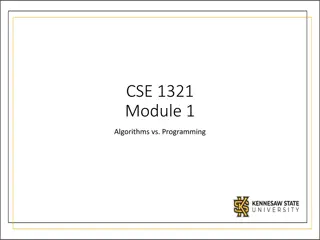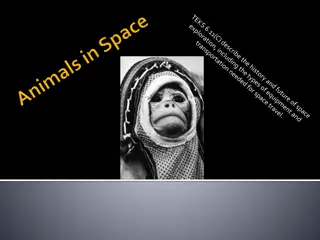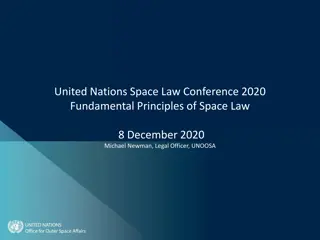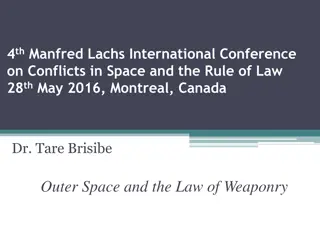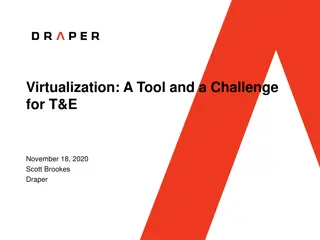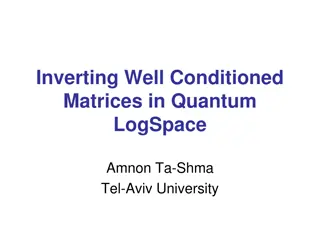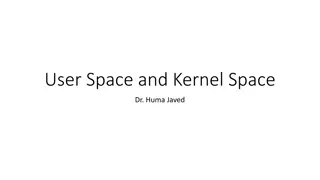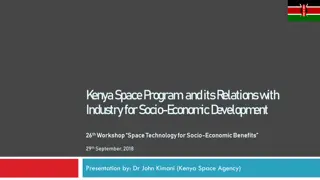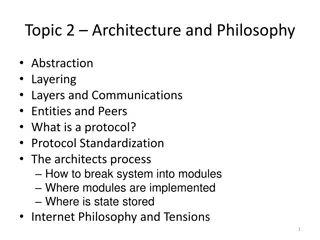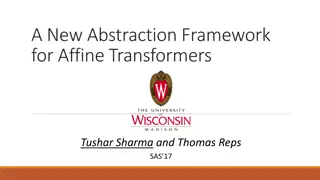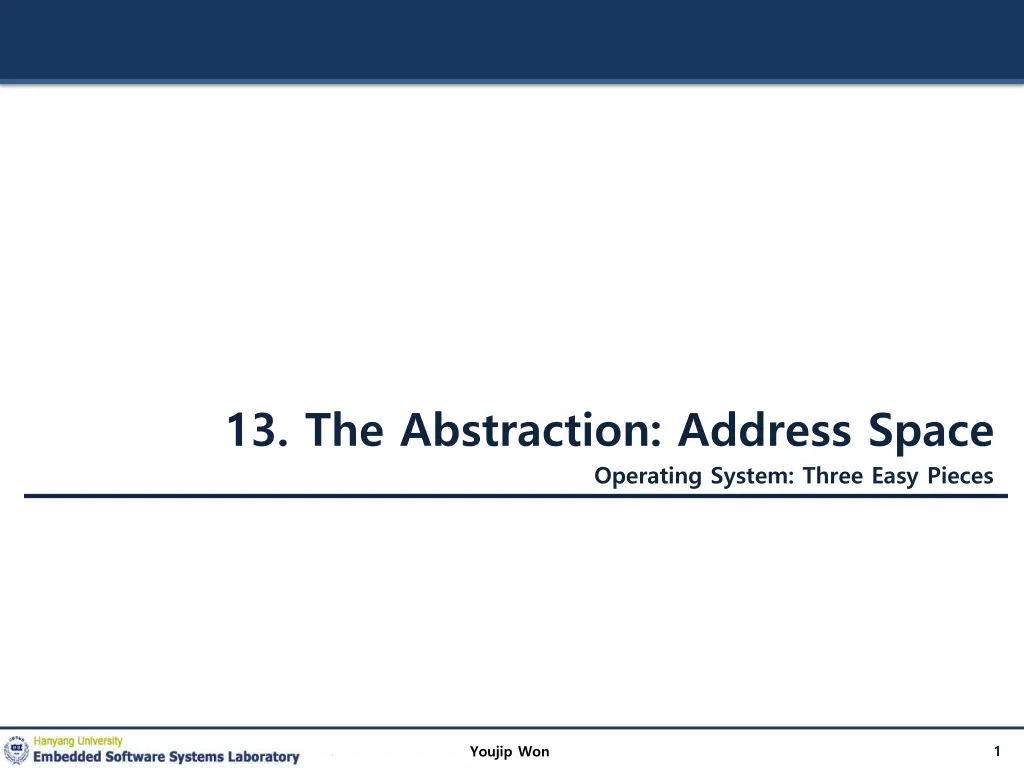
Understanding Memory Virtualization in Operating Systems
Delve into the concept of memory virtualization in operating systems, where physical memory is abstracted to provide an illusion of dedicated memory space per process. Explore the benefits and implementation of memory virtualization for enhanced efficiency and process isolation.
Download Presentation

Please find below an Image/Link to download the presentation.
The content on the website is provided AS IS for your information and personal use only. It may not be sold, licensed, or shared on other websites without obtaining consent from the author. If you encounter any issues during the download, it is possible that the publisher has removed the file from their server.
You are allowed to download the files provided on this website for personal or commercial use, subject to the condition that they are used lawfully. All files are the property of their respective owners.
The content on the website is provided AS IS for your information and personal use only. It may not be sold, licensed, or shared on other websites without obtaining consent from the author.
E N D
Presentation Transcript
13. The Abstraction: Address Space Operating System: Three Easy Pieces 1 Youjip Won
Memory Virtualization What is memory virtualization? OS virtualizes its physical memory. OS provides an illusion memory space per each process. It seems to be seen like each process uses the whole memory . 2 Youjip Won
Benefit of Memory Virtualization Ease of use in programming Memory efficiency in terms of times and space The guarantee of isolation for processes as well as OS Protection from errant accesses of other processes 3 Youjip Won
OS in The Early System Load only one process in memory. Poor utilization and efficiency 0KB Operating System (code, data, etc.) 64KB Current Program (code, data, etc.) max Physical Memory 4 Youjip Won
Multiprogramming and Time Sharing Load multiple processes in memory. 0KB Operating System (code, data, etc.) Execute one for a short while. 64KB Switch processes between them in memory. Free 128KB Process C (code, data, etc.) Process B (code, data, etc.) Increase utilization and efficiency. 192KB 256KB Cause an important protection issue. Free 320KB Errant memory accesses from other processes Process A (code, data, etc.) 384KB Free 448KB Free 512KB Physical Memory 5 Youjip Won
Address Space OS creates an abstraction of physical memory. The address space contains all about a running process. That is consist of program code, heap, stack and etc. 0KB Program Code 1KB Heap 2KB (free) 15KB Stack 16KB Address Space 6 Youjip Won
Address Space(Cont.) Code Where instructions live Program Code Heap Heap Dynamically allocate memory. malloc in C language (free) new in object-oriented language Stack Store return addresses or values. Stack Contain local variables arguments to routines. Address Space 7 Youjip Won
Virtual Address Every address in a running program is virtual. OS translates the virtual address to physical address #include <stdio.h> #include <stdlib.h> int main(int argc, char *argv[]){ printf("location of code : %p\n", (void *) main); printf("location of heap : %p\n", (void *) malloc(1)); int x = 3; printf("location of stack : %p\n", (void *) &x); return x; } A simple program that prints out addresses 8 Youjip Won
Virtual Address(Cont.) The output in 64-bit Linux machine Address Space 0x400000 Code (Text) location of code : 0x40057d location of heap : 0xcf2010 location of stack : 0x7fff9ca45fcc 0x401000 Data 0xcf2000 Heap 0xd13000 heap (free) stack 0x7fff9ca28000 Stack 0x7fff9ca49000 9 Youjip Won
Disclaimer: This lecture slide set was initially developed for Operating System course in Computer Science Dept. at Hanyang University. This lecture slide set is for OSTEP book written by Remzi and Andrea at University of Wisconsin. 10 Youjip Won

![Read⚡ebook✔[PDF] Linking the Space Shuttle and Space Stations: Early Docking Te](/thumb/21519/read-ebook-pdf-linking-the-space-shuttle-and-space-stations-early-docking-te.jpg)
